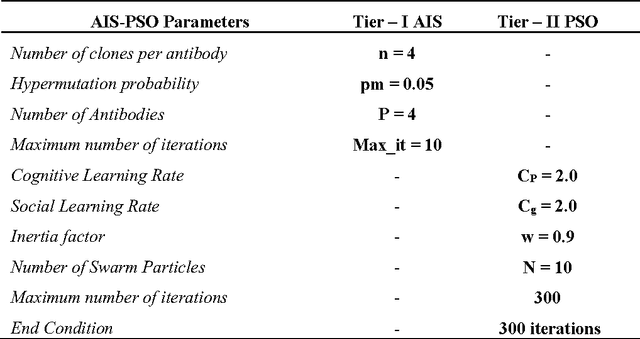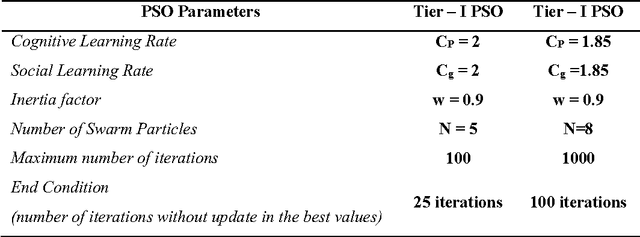Identification of Helicopter Dynamics based on Flight Data using Nature Inspired Techniques
Paper and Code
Nov 12, 2014



The complexity of helicopter flight dynamics makes modeling and helicopter system identification a very difficult task. Most of the traditional techniques require a model structure to be defined apriori and in case of helicopter dynamics, this is difficult due to its complexity and the interplay between various subsystems.To overcome this difficulty, non-parametric approaches are commonly adopted for helicopter system identification. Artificial Neural Network are a widely used class of algorithms for non-parametric system identification, among them, the Nonlinear Auto Regressive eXogeneous input network (NARX) model is very popular, but it also necessitates some in depth knowledge regarding the system being modeled. There have been many approaches proposed to circumvent this and yet still retain the advantageous characteristics. In this paper we carry out an extensive study of one such newly proposed approach using a modified NARX model with a two tiered, externally driven recurrent neural network architecture. This is coupled with an outer optimization routine for evolving the order of the system. This generic architecture is comprehensively explored to ascertain its usability and critically asses its potential. Different instantiations of this architecture, based on nature inspired computational techniques (Artificial Bee Colony, Artificial Immune System and Particle Swarm Optimization) are evaluated and critically compared in this paper. Simulations have been carried out for identifying the longitudinally uncoupled dynamics. Results of identification indicate a quite close correlation between the actual and the predicted response of the helicopter for all the models.
 Add to Chrome
Add to Chrome Add to Firefox
Add to Firefox Add to Edge
Add to Edge